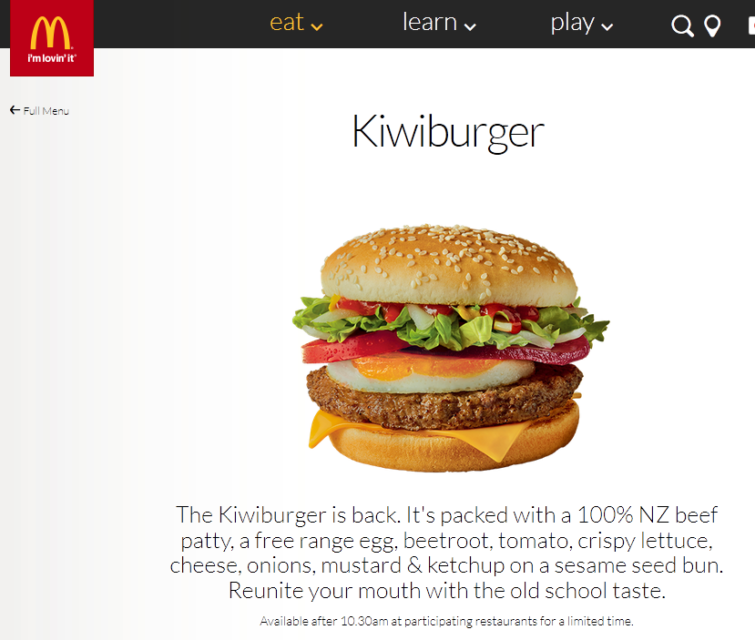Kyle Mizokami reported on this last week:
Small arms manufacturer Browning has ended production of the Browning Hi Power semiautomatic handgun. The legendary pistol served in armies worldwide, from Nationalist China to the British Special Air Service and was one of the first high capacity pistols ever invented. An invention of prolific arms designer John Moses Browning, the Hi Power was the inventor’s last pistol design.
As noticed by The Firearm Blog, the pistol‘s product page was quietly changed to include the words, “no longer in production” and the prices were removed. The Hi Power pistol was in continuous production for 82 years.
The Hi Power was the brainchild of American small arms legend John Moses Browning, a prolific inventor who also created the M2 .50 caliber machine gun, still in use with U.S. military forces today. He also invented the M1911 handgun, the U.S. military’s standard sidearm for nearly 70 years, and literally dozens of other pistols, shotguns, rifles, machine guns, and even a cannon. Browning was working on the Hi Power when he died in 1926, and the gun was eventually finished and sold by his manufacturing partners in Belgium in 1935.
The Hi Power had little in the form of commercial success before World War II, but was used by both sides during the war. Belgium’s surrender to Nazi Germany saw plans for the gun smuggled out of the country to Canada, where they were built for Nationalist Chinese forces and British and Canadian paratroopers and special forces. The tooling left behind in occupied Belgium went on to produce handguns for German military forces, particularly paratroopers and the Waffen SS. After the war the gun was sold to civilians and armed forces, particularly those belonging to NATO, and eventually more than 50 armies and 93 nations adopted the Hi Power as their standard sidearm. More than a million Hi Powers were eventually produced.





